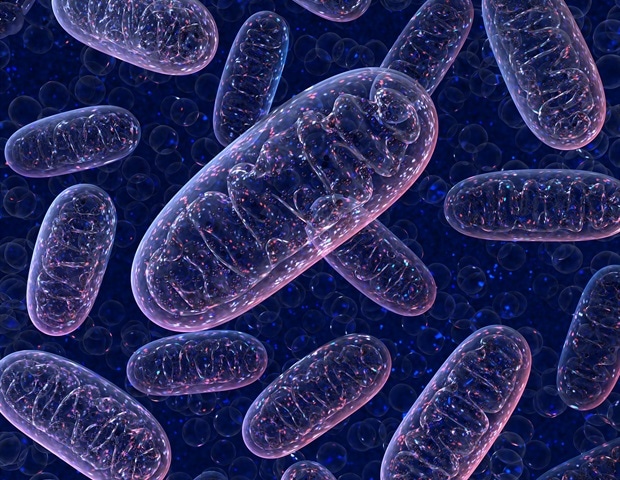A recent study published in Nature Metabolism has revealed the pathogenic mechanism underlying a rare pediatric neurodegenerative disorder known as mitochondrial enoyl reductase protein-associated neurodegeneration (MEPAN) syndrome. The study was led by Dr. Hugo J. Bellen, distinguished service professor at Baylor College of Medicine, and Chair of Neurogenetics at the Jan and Dan Duncan Neurological Research Institute at Texas Children’s Hospital (Duncan NRI), and Dr. Debdeep Dutta, a postdoctoral fellow in the Bellen lab. The Duncan NRI team found that in patients and animal models of this disorder, a large number of neurons die due to excessive accumulation of ceramide and defective iron metabolism, which results from disruptions in mitochondrial fatty acid synthesis. It is the first to provide a mechanistic link between disruptions in mitochondrial fatty acid synthesis, iron and ceramide metabolism, and neurodegeneration.
Fatty acids are the basic building blocks of complex lipids in our body. In most multicellular organisms, including humans, the major fraction of fatty acids are synthesized in the cytoplasm, the gelatinous liquid that fills the majority of the cells. In the late 1980s, it was discovered that a small fraction of fatty acids are also synthesized in the mitochondria, which act as the cell’s energy generators.
In 2016, mutations in the mitochondrial enoyl coA-reductase (MECR) gene were identified as the cause of MEPAN syndrome, a rare neurological condition characterized by progressive motor issues, such as dystonia, speech problems, and a loss of vision, leading eventually to blindness. The MECR gene encodes an enzyme that catalyzes the last step in mitochondrial fatty acid synthesis but very little was known about the exact mechanism by which disruption of this gene affected the stability and function of neurons
“To decipher which biological processes and pathways go awry when the MECR gene is disrupted, we used CRISPR technology to delete this gene in fruit flies,” Dr. Bellen, who is also the March of Dimes Professor in Developmental Biology at Baylor, said.
They saw that flies lacking both copies of the mecr gene did not survive whereas the presence of one intact copy of the fly or human version of this gene was sufficient for survival. Only a small fraction of the flies expressing the mutant (disease-causing) variant survived – indicating that the lethality was indeed due to the loss of MECR gene function. Similar to MEPAN patients, flies carrying the mutant version of the fly mecr gene exhibited progressive age-related mobility issues, reduced neuronal activity in retinal neurons, and other signs of neurodegeneration.
Interestingly, we found that mitochondria in mecr mutants and fibroblast cells from MEPAN patients were structurally and functionally abnormal. Further, lipidomic and other analyses revealed that although the levels of the majority of phospholipids remained unaltered, there was an increase in sphingolipids such as ceramides and other metabolites such as iron. Compared to other cells, neurons consume a lot of cellular energy and so, these alterations are expected to impair neuronal function in mecr mutants and MEPAN patients.”
Dr. Hugo J. Bellen, first author of the study
“We were most intrigued to see increased levels of ceramide and defects in iron metabolism in fly models of MEPAN syndrome and in cells derived from these patients,” Bellen said. “Several previous studies from our lab and others had reported comparable increases in these metabolites in patients and fly models of other progressive neurodegenerative disorders such as Fredreich’s Ataxia, Infantile Neuroaxonal Dystrophy, Gaucher’s disease, and Parkinson’s disease. Yet again, this work underscores the critical importance of maintaining the correct levels of mitochondrial fatty acids, ceramides, and iron to prevent a premature loss of neurons. We are hopeful findings from this study will advance drug development efforts for patients with MEPAN syndrome and related neurodegenerative disorders.”
Source:
